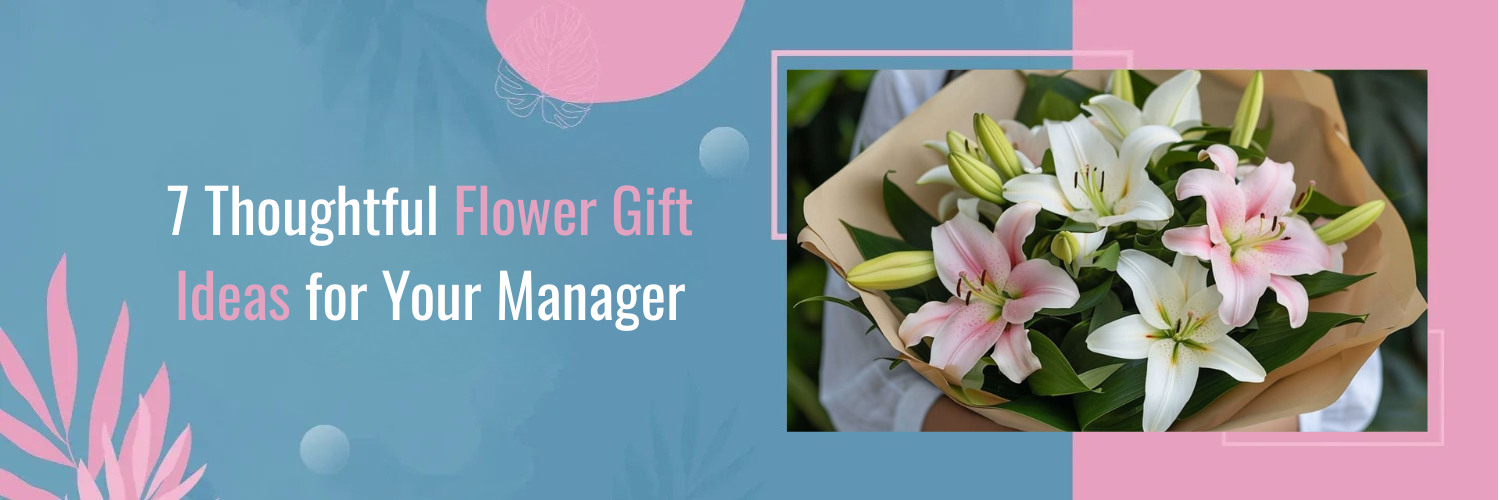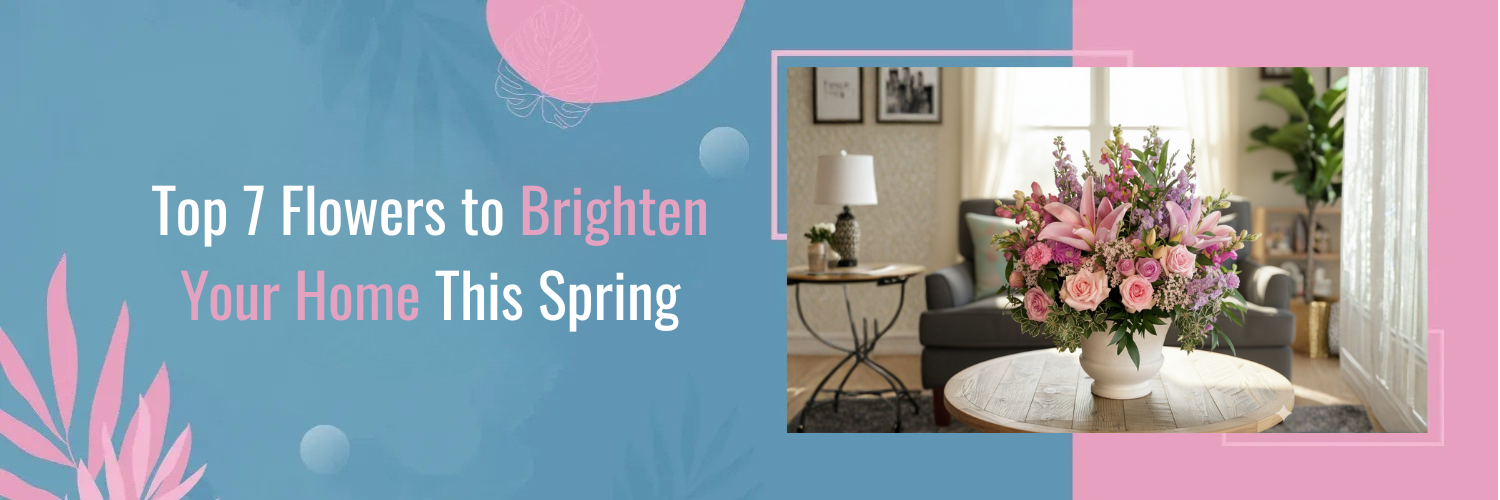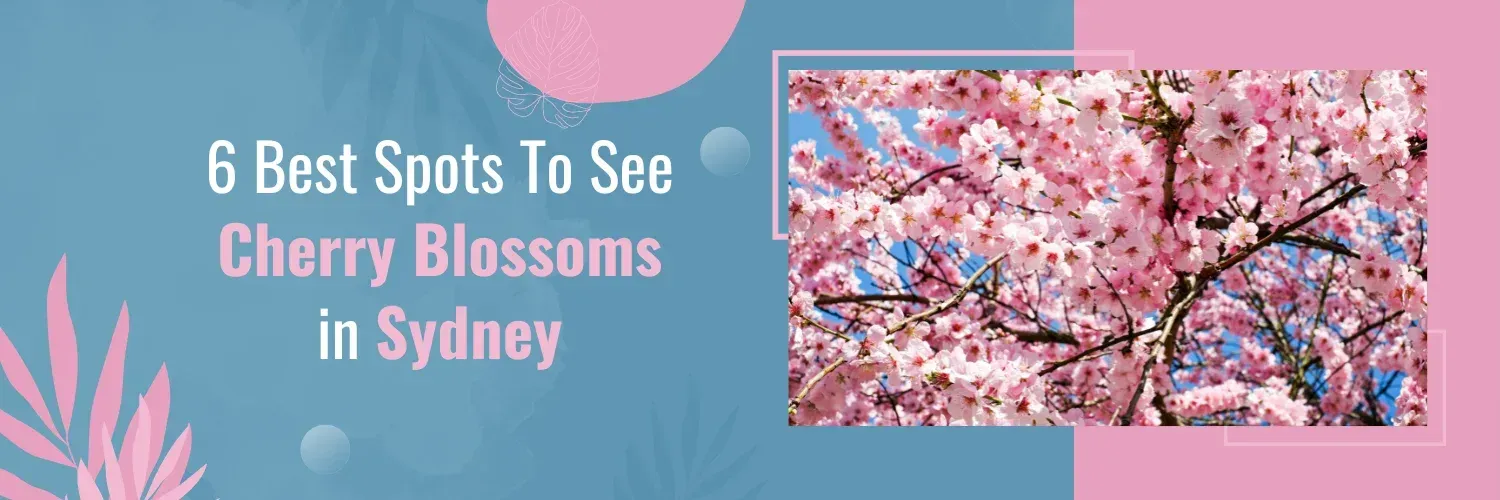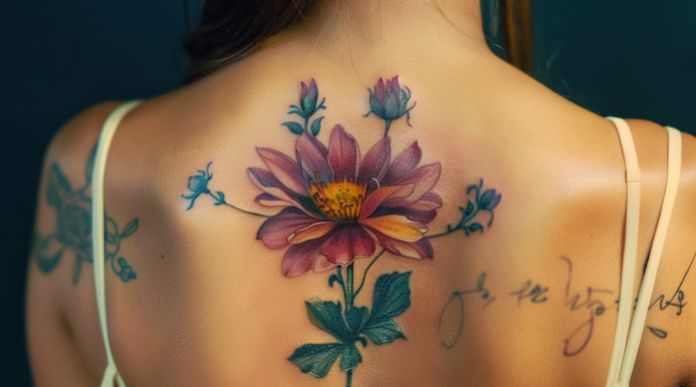March Birth Flowers

Birth flowers are a charming tradition that assigns specific flowers to each month, offering a personalized touch to birthday celebrations. These flowers are not just chosen for their beauty but also for the unique symbolism and characteristics they represent.
March, a month that bridges the gap between winter and spring, is celebrated with two delightful birth flowers: Daffodils and Jonquils. These flowers, bursting with vibrant colours and rich symbolism, hold a special place in the hearts of those born in this transitional season. In this blog, we will explore the fascinating world of March birth flowers.
The Meaning and Symbolism of March Birth Flowers

Daffodils
Daffodils, also known as Narcissus, have a history intertwined with ancient civilizations. In Greek mythology, they are associated with the tale of Narcissus, a young man who fell in love with his reflection in a pool of water. This myth has given rise to their scientific name and a connection to vanity. In other cultures, however, Daffodils have different connotations. They are often linked to the return of spring and the end of winter’s darkness, symbolizing hope and rejuvenation.
Daffodils predominantly symbolize rebirth, new beginnings, and the triumph of light over darkness
. Their bright, sunny yellow petals are among the first to emerge in spring, signifying the return of warmth and longer days. This symbolism extends to the idea of overcoming challenges and emerging stronger, making Daffodils a perfect representation of the human spirit’s resilience.
Jonquils

Jonquils, a specific type of Narcissus, have their origins rooted in the Mediterranean region and have a long history in Europe. The name “Jonquil” is believed to be derived from the Spanish word “juncillo,” meaning rush or reed, possibly referring to their slender, reed-like leaves.
Like Daffodils, Jonquils are associated with the renewal of spring and the hope it brings. However, Jonquils also carry deeper meanings of affection and desire
. In the language of flowers, Jonquils often signify the act of “returning your affection” to someone, making them a symbol of love and fondness. Their sweet fragrance further enhances their association with warmth and affection.
Characteristics and Varieties
The March birth flowers
, Daffodils and Jonquils, are not only rich in symbolism but also boast unique physical characteristics and a wide range of captivating varieties.

Daffodils offer an impressive array of varieties, each with its own unique characteristics and colour variations. While the classic yellow Daffodil is the most well-known, it also comes in shades of white, orange, and even pink. Some common varieties include:
- Large-Cupped Daffodils:
Known for their prominent central cups, these Daffodils come in various colours and patterns.
- Miniature Daffodils:
Compact and charming, these are perfect for smaller garden spaces or containers.
- Poeticus Daffodils:
These feature white petals with a small, central cup adorned with a distinctive red rim.
Jonquils

Unlike some Daffodils, Jonquils often produce multiple small blossoms on a single stem. These flowers are known for their graceful, slender, and arching leaves that resemble blades of grass. Jonquil blooms exude a delightful, sweet fragrance that adds to their allure.
Let’s explore some of the enchanting varieties and colours of Jonquils:
‘Baby Moon’ Jonquil
- Colour:
Bright, cheerful yellow.
- Characteristics:
‘Baby Moon’ Jonquils are petite, charming flowers with narrow, reed-like leaves. They produce small clusters of golden-yellow blossoms on each stem, creating a delightful burst of sunshine in the garden.
‘Sweet Love’ Jonquil
- Colour:
Creamy-white with a soft, buttery hue.
- Characteristics:
These Jonquils are known for their exquisite fragrance, which is sweet and inviting. The creamy-white petals add an elegant touch to floral arrangements and make them a favourite for weddings and special occasions.
‘Pipit’ Jonquil
- Colour:
Pale, lemon-yellow with a delicate charm.
- Characteristics:
‘Pipit’ Jonquils are beloved for their soft, pastel colouration and slender, grass-like leaves. They exude a gentle fragrance that’s both refreshing and uplifting, making them a popular choice for bouquets and indoor arrangements.
‘Quail’ Jonquil
- Colour:
Bright yellow with striking orange centres.
- Characteristics:
‘Quail’ Jonquils offer a burst of vibrant colour with their yellow petals and contrasting orange cups. These flowers are known for their visual impact and are often used to create eye-catching displays in gardens.
‘Bell Song’ Jonquil
- Colour:
Pure white with a touch of pale yellow at the centre.
- Characteristics:
‘Bell Song’ Jonquils exhibit the timeless beauty of white flowers with a hint of warmth at their core. They are perfect for adding an elegant touch to wedding bouquets and arrangements, symbolizing purity and new beginnings.
‘Trevithian’ Jonquil
- Colour:
Soft, creamy-white with a subtle yellow centre.
- Characteristics:
‘Trevithian’ Jonquils are renowned for their classic and timeless appearance. Their gentle colouration and elegant form make them an ideal choice for traditional garden designs and formal floral presentations.
Growing and Caring for March Birth Flowers

Planting Daffodils
Planting Daffodil bulbs in the fall is the key to enjoying their vibrant blooms in the spring. Here are some essential tips for successfully planting Daffodils:
- Choose the Right Location:
Daffodils thrive in well-drained soil and prefer a location with full sun to partial shade. Ensure the soil has good drainage to prevent bulb rot.
- Plant at the Right Depth:
Dig holes for the bulbs that are approximately 4-6 inches deep. If you’re planting multiple bulbs, space them about 4-6 inches apart to allow for proper growth.
- Position the Bulbs Correctly:
Place the bulbs with the pointed end facing upward. This is where the shoots will emerge.
- Water After Planting:
After planting, water the area thoroughly to help settle the soil and provide moisture to the bulbs.
- Mulch for Protection:
Apply a layer of mulch over the planted area to help maintain soil moisture and regulate temperature.
Caring for Daffodil Plants
Once your Daffodils have sprouted and bloomed, there are a few care tips to keep in mind:
- Watering:
While Daffodils are relatively low-maintenance, they do benefit from consistent moisture during their growth period. Water them when the soil becomes dry, but avoid overwatering, which can lead to bulb rot.
- Deadheading:
After the Daffodils have finished blooming, remove the spent flowers by cutting the stems just below the faded blossoms. This prevents the plant from directing energy into seed production and encourages bulb strength for the next year.
- Leaving Foliage Intact:
Allow the Daffodil foliage to wither and turn yellow naturally. This process is crucial for replenishing the bulbs’ energy for the next blooming season. Refrain from cutting back the leaves until they have fully yellowed.
Cultivating Jonquils

Jonquils, with their delicate beauty and sweet fragrance, are a delightful addition to any garden. Cultivating these March birth flowers requires some care and attention to ensure they thrive:
Instructions for Growing Jonquil Bulbs:
- Select a Suitable Location:
Jonquils prefer well-drained soil that is slightly acidic to neutral. They thrive in areas with full sun to partial shade. Ensure that the chosen location receives at least 6 hours of sunlight each day.
- Plant in the Fall:
Like Daffodils, Jonquils should be planted in the fall for spring blooms. Choose healthy bulbs and plant them at a depth of about 4-6 inches. Space the bulbs 2-4 inches apart to allow for proper growth.
- Proper Soil Preparation:
Before planting, amend the soil with organic matter like compost to improve drainage and fertility. This will provide the bulbs with essential nutrients and help prevent waterlogging.
- Watering:
After planting, water the bulbs thoroughly to settle the soil and provide initial moisture. Continue to water them during the growing season when the soil becomes dry. Adequate moisture is crucial for Jonquils to thrive, but avoid overwatering, as this can lead to bulb rot.
- Mulch Application:
Apply a layer of organic mulch, such as straw or wood chips, to help retain soil moisture and regulate temperature. Mulch also helps suppress weeds, which can compete with Jonquils for nutrients.
Maintenance and Care for Jonquil Flowers

- Deadhead Spent Blooms:
As Jonquils bloom, remove faded flowers by cutting the stem just below the spent blossom. This encourages the plant to put more energy into bulb development rather than seed production.
- Leave Foliage to Wither Naturally:
It’s important to allow the foliage of Jonquils to wither and turn yellow naturally. This process typically occurs after the flowering season. The leaves continue to photosynthesize and store energy in the bulbs for the next year’s growth. Once the foliage has completely yellowed, it can be trimmed back.
- Divide Overcrowded Clumps:
Jonquil bulbs multiply over time and can become crowded. Every few years, consider dividing the clumps to prevent overcrowding. Lift the bulbs in late summer when the foliage has dried, separate them, and replant them at the appropriate depth.
- Pest and Disease Management:
Jonquils are generally resistant to pests and diseases. However, keep an eye out for signs of pest infestations or fungal issues and address them promptly if they occur.
Conclusion

Daffodils and Jonquils emerge as the radiant stars of March, illuminating our lives with their vibrant hues and profound symbolism. As we draw the curtains on this exploration of March’s birth flowers, we invite you to embrace their beauty and significance. Whether you’re celebrating a March birthday or seeking to add a touch of nature’s optimism to your life, Daffodils and Jonquils stand ready to inspire and uplift.
At Bourkess Florist
, we understand the power of these flowers to convey your sentiments and brighten someone’s day. Explore our floral masterpieces and have it delivered right to someone’s doorstep. Order now
and let the beauty of these March birth flowers flourish in your life.
FAQs
Q: What is the difference between Daffodils and Jonquils?
Daffodils and Jonquils are both members of the Narcissus genus and share similar physical characteristics. However, there are some distinctions between them. Daffodils are a broader category that includes various species and hybrids, while Jonquils are a specific type of Daffodil. Jonquils are known for their smaller flowers, often fragrant, and clustered on a single stem. Daffodils, on the other hand, come in a wider range of sizes and forms, including large-cupped, trumpet-shaped, and more.
Q: Can I grow Daffodils and Jonquils in my garden?
Absolutely! Daffodils and Jonquils are relatively easy to grow in a garden. They are hardy and thrive in a variety of soil conditions, provided the soil is well-drained. Plant the bulbs in the fall for spring blooms. Ensure they receive adequate sunlight, and remember to water them during the growing season. With minimal care, you can enjoy their vibrant blossoms year after year.
Q: Are there any superstitions or beliefs associated with March’s birth flowers?
Yes, there are some beliefs and superstitions associated with March’s birth flowers. In some cultures, Daffodils are considered a symbol of good luck and prosperity, while in others, they are thought to bring misfortune if brought indoors. It’s always interesting to explore the cultural significance of these flowers and the varied beliefs attached to them.
Q: Do Daffodils and Jonquils have any medicinal uses?
While Daffodils and Jonquils are primarily cultivated for their ornamental value, they have limited medicinal uses. Historically, certain parts of these plants were used in traditional medicine for their potential diuretic and emetic properties. However, it’s important to note that many parts of Daffodils, especially the bulbs, can be toxic if ingested, so they should not be used for self-medication.


























